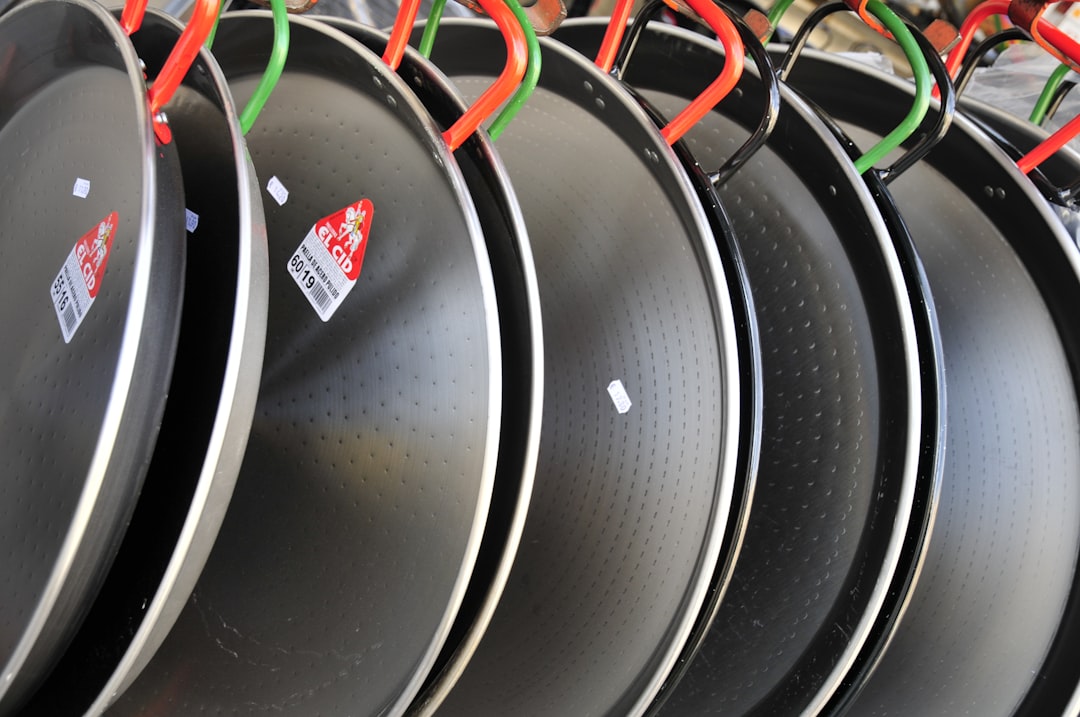Boiler tubes are the unsung heroes of power generation and industrial processes. These seemingly simple components play a crucial role in efficient heat transfer, forming the backbone of boilers responsible for producing steam or hot water. This comprehensive guide delves into the fascinating world of boiler tubes, exploring their technology, materials, applications, maintenance, and future trends.
The Heart of Heat Transfer: Understanding Boiler Tube Function
Boiler tubes are essentially cylindrical pipes that circulate a fluid, typically water, through a boiler. The tubes are strategically positioned within the boiler’s furnace where they are exposed to intense heat from the combustion process. This heat is transferred to the fluid inside the tubes, causing it to boil and generate steam. The efficiency of this heat transfer is paramount to the overall performance of the boiler. Factors influencing heat transfer include the tube’s material, diameter, length, wall thickness, and the velocity of the fluid flowing through it. Different boiler designs utilize various tube arrangements (e.g., straight tubes, bent tubes, coiled tubes) to optimize heat absorption and steam generation.
Material Matters: Exploring Boiler Tube Alloys and Their Properties
The choice of material for boiler tubes is critical, as they must withstand extremely high temperatures, pressures, and corrosive environments. Common materials include carbon steel, alloy steel, stainless steel, and specialized alloys like chromium-molybdenum steel. Each material possesses unique properties that make it suitable for specific applications. For instance, carbon steel is cost-effective but less resistant to corrosion and high temperatures compared to stainless steel. Alloy steels offer enhanced strength and creep resistance at elevated temperatures, making them ideal for high-pressure boilers. The selection process considers factors like operating temperature and pressure, the nature of the fuel used, and the potential for corrosion from flue gases or the boiler water itself. Advanced alloys are constantly being developed to meet the demands of increasingly efficient and high-performance boilers.
Applications Across Industries: Where Boiler Tubes Make Their Mark
Boiler tubes find widespread applications across diverse industries. Power generation plants, both fossil fuel and nuclear, heavily rely on boiler tubes for steam production to drive turbines. Industrial processes, including refineries, chemical plants, and paper mills, utilize boilers for heating and process steam. District heating systems, providing heating to buildings in urban areas, also utilize boiler technology extensively. Furthermore, boiler tubes are essential components in waste-to-energy plants, contributing to sustainable energy production. The specific type of boiler tube used varies depending on the application, reflecting the unique operational parameters and requirements of each industry.
Maintaining Peak Performance: Boiler Tube Inspection and Repair
Regular inspection and maintenance of boiler tubes are crucial for ensuring operational safety and efficiency. Techniques such as ultrasonic testing, radiographic inspection, and eddy current testing are employed to detect flaws such as cracks, corrosion, and erosion. These non-destructive testing methods allow for early detection of potential problems, preventing catastrophic failures. Repair methods range from simple patching to more complex procedures like tube replacement. The frequency of inspection and the choice of repair techniques are dictated by factors such as boiler age, operating conditions, and material properties. Proper maintenance significantly extends the lifespan of boiler tubes and minimizes downtime.
Future Trends in Boiler Tube Technology: Innovation and Efficiency
The ongoing pursuit of greater efficiency and sustainability in energy production is driving innovation in boiler tube technology. Research focuses on developing advanced materials with enhanced creep resistance, corrosion resistance, and improved heat transfer capabilities. The use of advanced manufacturing techniques, such as additive manufacturing (3D printing), holds promise for creating complex tube geometries optimized for heat transfer. Furthermore, the development of smart sensors and data analytics is enabling predictive maintenance, allowing for timely interventions and minimizing unplanned downtime. These advancements contribute to the creation of more reliable, efficient, and environmentally friendly boiler systems.
SEO Keywords: boiler tubes, boiler tube technology, boiler tube materials, boiler tube applications, boiler tube maintenance




